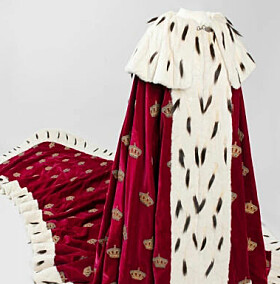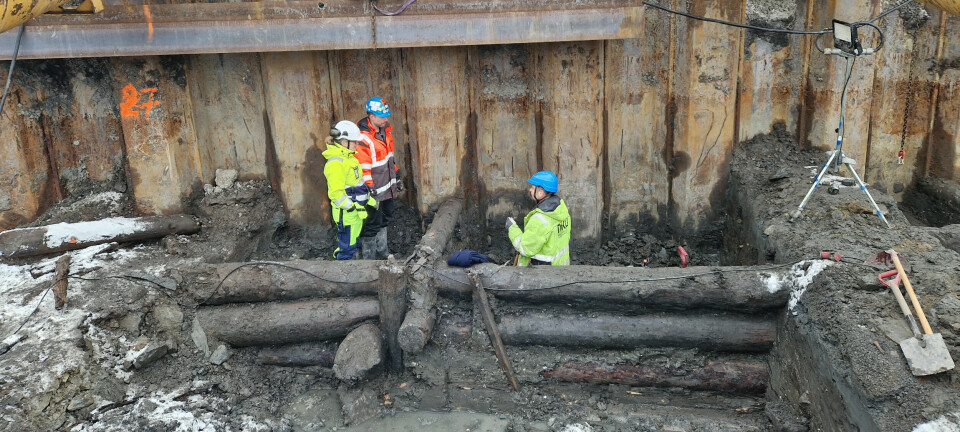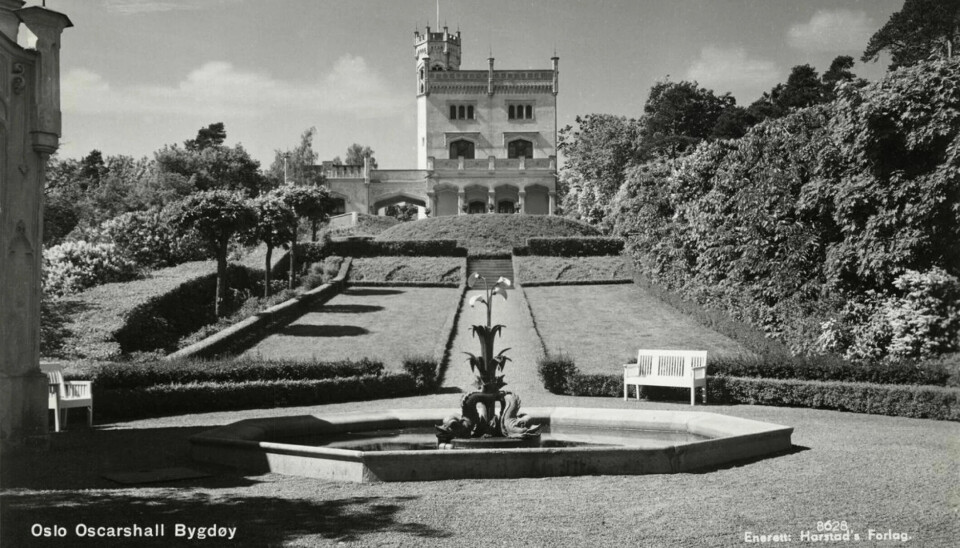
Researchers excavated and recreated the 170-year-old garden of this royal summer castle
“We were lucky that they started photographing at this time,” Professor Annegreth Dietze-Schirdewahn says about the 1850s garden. This summer, you can visit the recreated palace park.
When King Oscar I and Queen Joséphine had Oscarshall built in the mid-19th century, nothing was left to chance.
The so-called summer palace on Bygdøy, near the shores of the bay in the inner Oslofjord, was designed by one of the leading architects of his time, Johan Henrik Nebelong. He was concerned that the buildings and the surrounding park should be in harmony and in the neo-Gothic style.
Romantic, winding paths were meant to follow the curves of the terrain, as described by the Royal House of Norway on its website.
Underwent significant changes to become more modern
The park was lush. Large lilac bushes spread across the lawn. The footpath wound its way from the palace down to the fjord, passing elaborate fountains.
The first garden design was planned and executed from 1847 to 1853. The layout was preserved, and the vegetation was further developed until around 1870, according to Annegreth Dietze-Schirdewahn. She is a professor of history of garden art at the Norwegian University of Life Sciences (NMBU).
In the 1930s, long after architect Nebelong's death, something happened. The park was no longer considered modern. It underwent a major transformation to better fit the garden trends of a new, modern era.
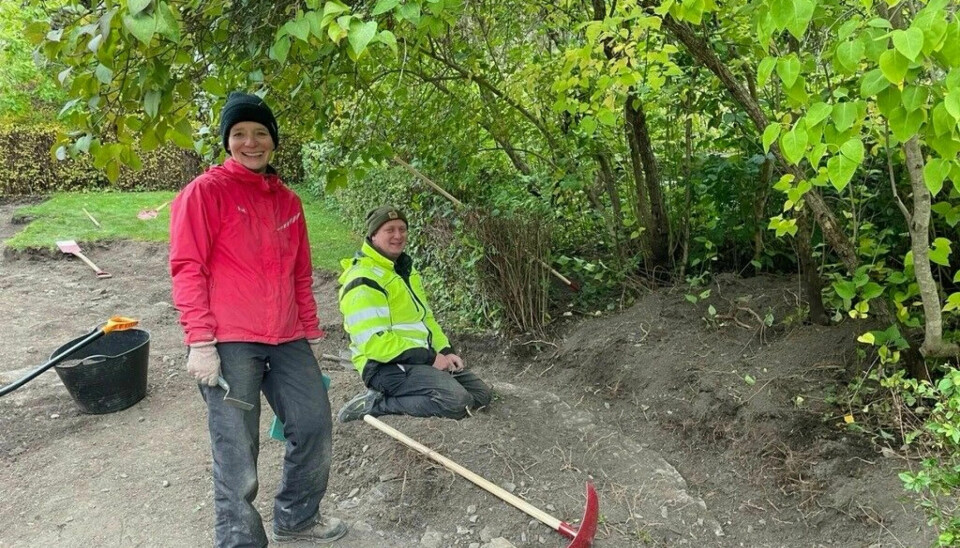
“Was not trendy”
“It underwent quite a dramatic change,” Dietze-Schirdewahn tells sciencenorway.no.
The spirit of the time had to be reflected in the garden. The garden architecture became rigid. The footpath was no longer winding but instead followed a straight line through the garden. The bushes, which were planted in straight lines, had to be pruned and kept neat.
“It was typical of the 1930s, but it was not in keeping with the palace or the building. It was too rigid – originally, it was more lush and organic,” she says.
The layout from the 1930s remained until recently. Was it possible to return to Nebelong’s original design?
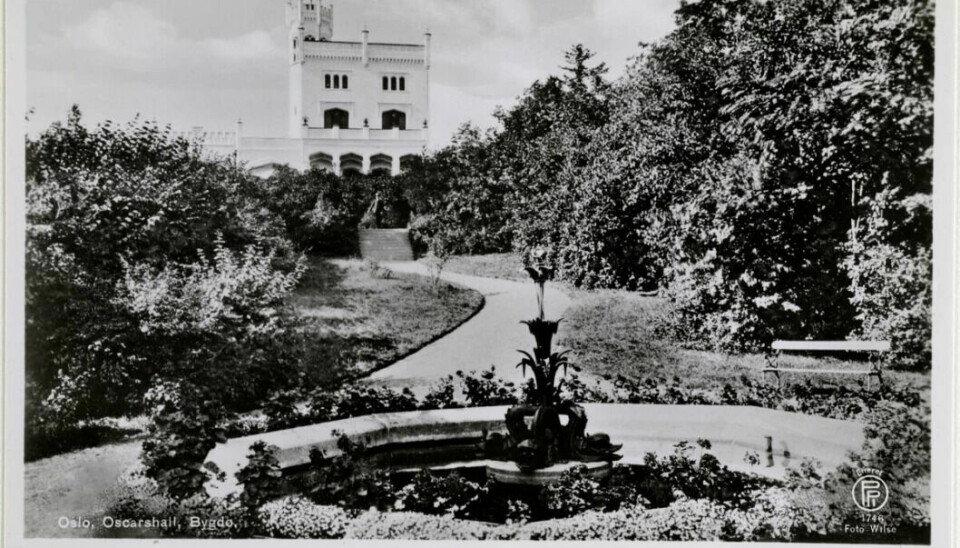
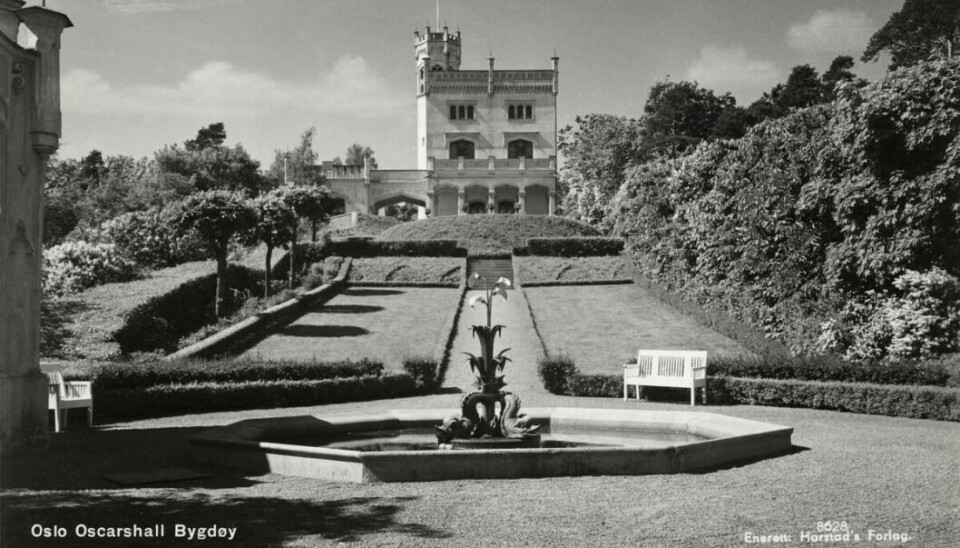
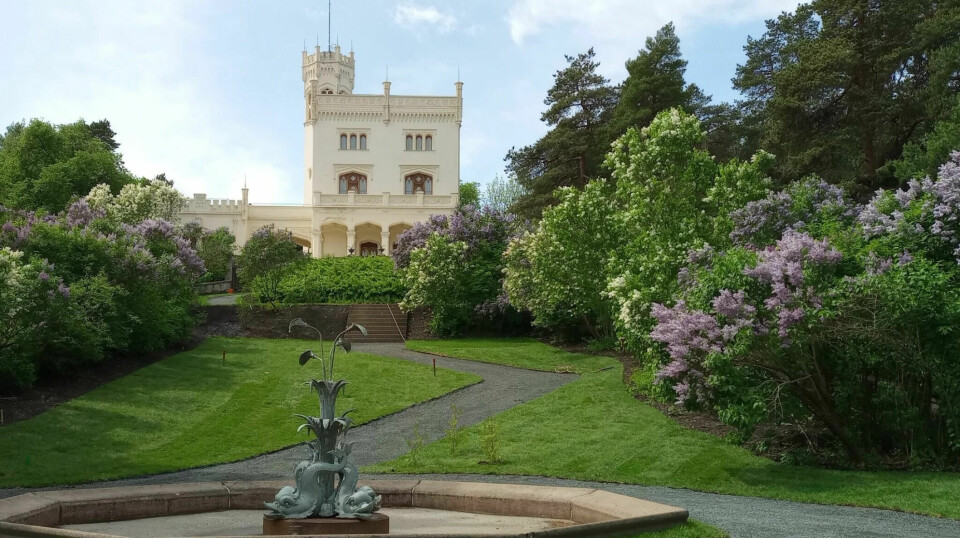
Lack of good maps
The palace administration began exploring the possibilities of restoring the garden to its original form.
Dietze-Schirdewahn and colleague Bjørn Anders Fredriksen at NMBU took on the main responsibility. They are both researchers as well as landscape architects, and a great deal of scientific knowledge has gone into the project.
They began searching through archives of photographs, descriptions, and financial records to find out how the architects had envisioned the garden more than 170 years ago.
Much of their foundation was based on Fredriksen's doctoral thesis from NMBU in 2012, which specifically dealt with the art of gardening at Bygdø Royal Farm in the 19th century.
“It was great to see that the queen herself was so interested in the work. She has visited us several times, watched, and discussed our work”
“We knew that there were no good maps. Nebelong only provided an overall drawing, and we know that the palace gardener Clausen made many changes and additions to it,” she says.
The project thus became quite extensive. The researchers were not given a recipe on how to recreate a garden that closely resembled the original.
The researchers wanted to find out what Nebelong's and Clausen's ideas were and what was actually realised.
A royal holiday home
"Nebelong's early drawings show the palace situated on a bare cliff, likely with a reference to the idea of medieval castles," Dietze-Schirdewahn quotes from their project report.
Drawings from 1849 showed the ideas for the garden. Based on these drawings, the plans were approved by the king.
The palace gardener, Henrik Wilhelm Clausen, was responsible for the garden’s vegetation. He and Nebelong often disagreed on what was feasible.
On another drawing by Nebelong from 1851, the researchers could see that significant changes had been made to the drawings since 1849.
When Oscarshall was completed in 1852, it served as a Lustschloss for King Oscar I and Queen Joséphine. A Lustschloss is a German term for a small, ornate palace built for leisure purposes. It is a kind of royal holiday home, a summer palace.
In the Lustschloss, they had more privacy, and were exempt from duties and formalities.
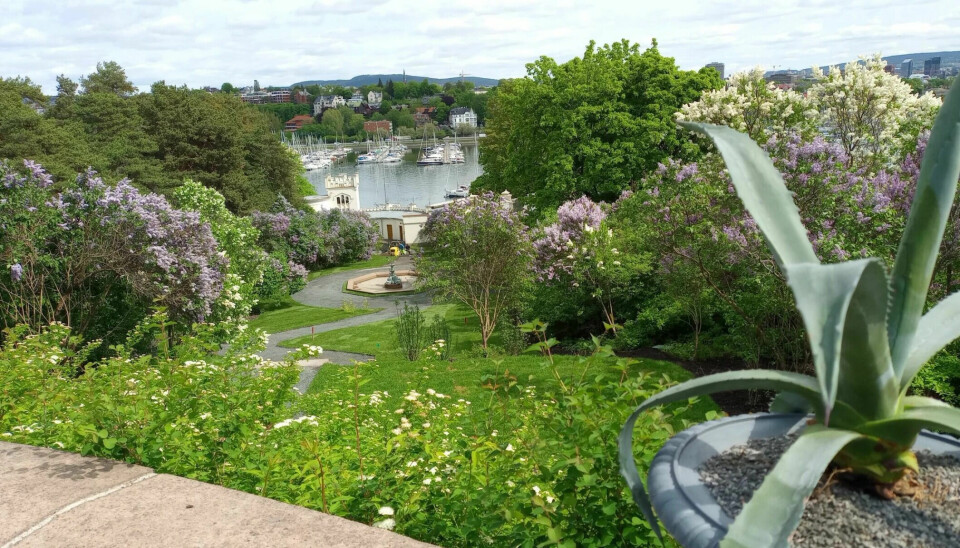
An important neo-Gothic monument
King Oscar I died in 1859, and in 1863, his son, King Karl IV, sold the palace to the Norwegian state. Nevertheless, the king continued to use the palace.
However, from 1882, the entire estate has been accessible to everyone, as King Oscar II transformed the palace into a museum and opened it to the public.
Oscarshall is considered one of the main works of Romanticism in Norway, as stated by the Great Norwegian Encyclopedia (link in Norwegian). It is also an important monument to the neo-Gothic style, both in terms of the buildings and the surrounding park.
King Oscar I and Queen Joséphine wanted to give Norwegian craftsmen and artists the opportunity to showcase their skills, as described by the Royal House of Norway on its website.

Reused the old footpath
The researchers had to try to find traces of the original palace garden that were over 90 years old. In 2019, Dietze-Schirdewahn and Fredriksen began planning the excavations.
Would they manage to find traces of the old footpath and other elements in the garden?
“We found the original path. We have reused the old foundation of the path,” Dietze-Schirdewahn says.
Because so much of the original elements had been preserved, they could be reused, making the restoration more cost-effective.
A new path was laid directly on top of the foundations of the old one.

Representation and recreation
The fact that royalty sat and philosophised in the smoking pavilion or wandered down the path to the fjord, feels a little distant. What did they actually use the garden for?
Dietze-Schirdewahn explains that representation was important in royal facilities during that time.
“They wanted to create a garden in the contemporary spirit with the latest knowledge of garden art and culture. That is how they presented themselves as a modern monarchy at that time,” she says.
There is also a more down-to-earth aspect, similar to when you step out into your own garden, onto your own balcony, or into a park.
“There is a significance to spending time there: to enjoy, sit outside, and wander around one’s own garden without too many disturbances,” she says.
White cedar as an attraction
Dietze-Schirdewahn and Fredriksen discovered many photographs that revealed the overall appearance of the estate as well as the details.
“We were fortunate that they started photographing at that time. We have found many interesting things in the photos that we can use today to interpret the location of the path, the position of the buildings, and the vegetation,” she explains.
The photos can help determine the types of perennials and shrubs that were in the garden and their locations. This way, they can identify plants that were contemporary to that period.
They also used the Royal Palace Archives in Stockholm, which contained historical plant lists.
You may be familiar with some of the plants in the garden. It is abundant with lilacs. You can also find golden rain and spirea bushes there – in general, many flowering bushes and small trees that bloom at different times, Dietze-Schirdewahn explains.
And a small curiosity: three white cedars are centrally placed.
“It’s not something we choose today,” Dietze-Schirdewahn acknowledges. “It’s an overused plant, but back then, it was special. It was trendy to have it as an attraction.”
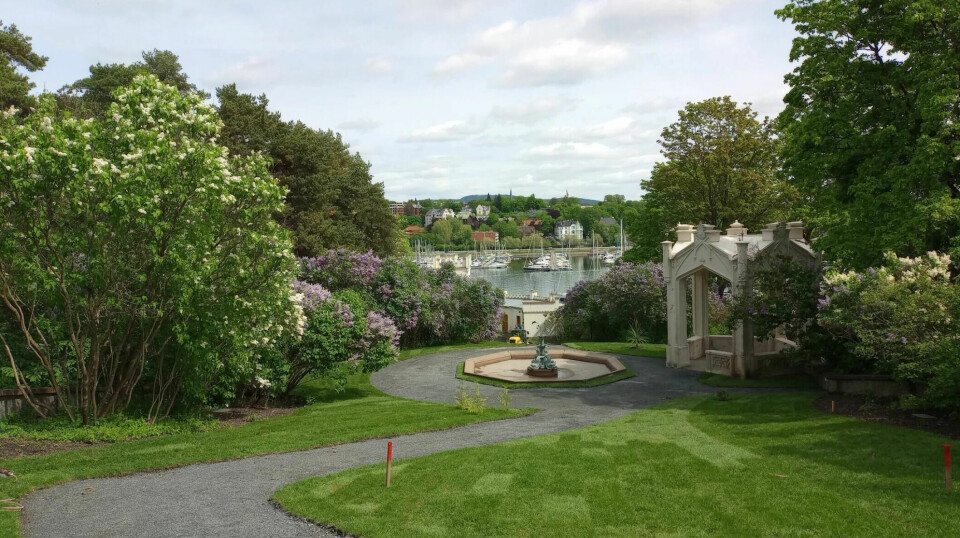
Details reveal the quality
Researchers are often asked by journalists if anything surprised them during their project.
“Now that we’ve done this so many times in other contexts, we are no longer surprised by what we find,” Dietze-Schirdewahn replies. “But the level of detail has surprised us somewhat along the way: How well-thought-out it was and how many resources and efforts were put into creating such gardens.”
For example, around a fountain with a stone border, there was a narrow grass border in the gravel. Purely for the sake of detail. The researchers found this grass strip in old photos from the Digital Museum, and thus were able to recreate it.
The large project is finally complete
The buildings were renovated between 2005 and 2009. Now that the garden has also been restored, the entire property will look much like it did when King Oscar I and Queen Joséphine strolled down the winding path surrounded by the scent of lilac.
“Oscarshall Summer Palace has a unique architecture that appeared for a short period in Europe. Having the garden intact in this style is very special,” the researcher says.
The current royals have been following the project’s progress. Queen Sonja has visited them several times during the work.
“It was great to see that the queen herself was so interested in the work. She has visited us several times, watched, and discussed our work,” Dietze-Schirdewahn says.
On June 3rd of this year, Oscarshall opened its doors to the public again, four years after the NMBU researchers began their work.
You can therefore set aside a day in your summer vacation to see the results and dream of a royal life in 1852.
———
Translated by Alette Bjordal Gjellesvik.
Read the Norwegian version of this article on forskning.no
------











